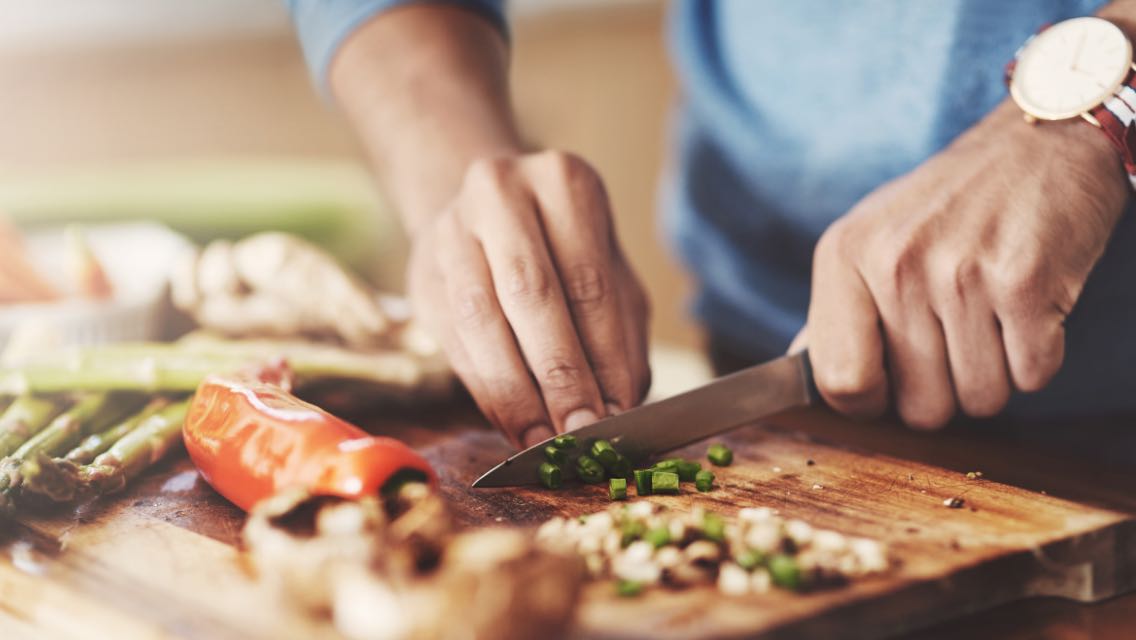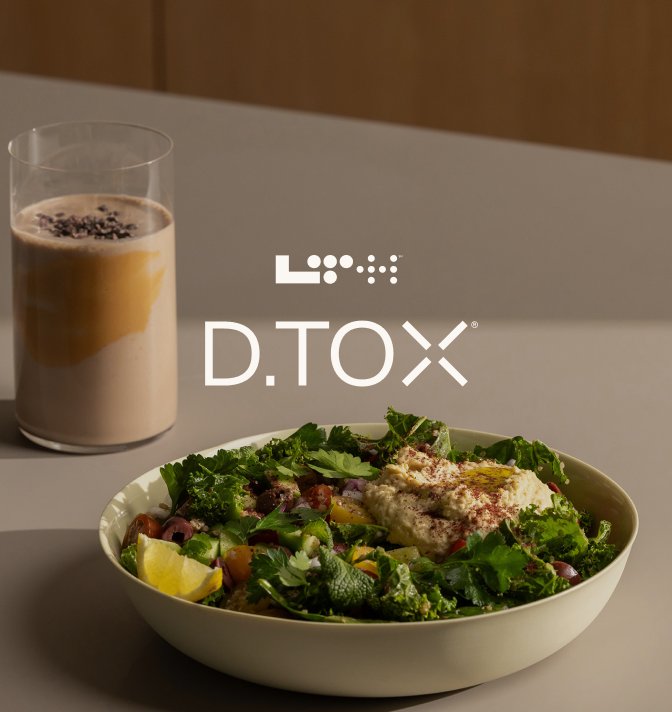“Gut” continues to be a buzzword in the world of nutrition and holistic health. More and more research continues to come out on how our gut health has a bigger impact than we once thought when it comes to our immune system, metabolism, and overall health.
And here’s the thing: There are a lot of gut health promotion programs out there (and more surely to hit the market soon) that offer up eating plans and supplemental treatment. But, ironically, many of the recommendations within them could actually negatively impact your gut health.
So, what are the key components of gut healing eating? I’m going to outline some of the key components in our gut health program.
Eliminate the Biggest Offenders
Gluten, corn, dairy, soy, eggs, and peanuts. There’s a reason these foods cause the most common food allergies within our population. We not only are overly exposed to these foods within the processed, standard American diet, but they’re also the top offenders when it comes to foods that disrupt our digestive function and immunity.
Also on the elimination list, processed vegetable oils (hello pro-inflammatory omega-6’s), beans, legumes, and lentils (their high fiber can cause distress), foods high in added sugars, and specific nuts (cashews, hazelnuts, and pistachios) that are harder to digest.
More Eating, Less Drinking
Although we recommend getting ample water throughout the day (optimal is half your body weight in ounces), focus on drinking that fluid before or after your meals — but never during. This not only will help you focus on our other mealtime recommendations (focus on the food, eat slowly), but will also make it easier for your body to break down and digest the meal.
Alcohol, coffee, and tea should be eliminated as they can disrupt digestion and absorption of nutrients needed to heal your gut.
Rotate Your Proteins
When talking food intolerances and allergies, it is the protein within the food that the body is reacting to. As Americans, we tend to eat the same foods over and over, so when we compromise our gut health, we might start reacting to things that are common in our diet. Because we don’t have a huge variety of different proteins in our diet (beef and chicken are most common), this food category specifically can be the most at-risk for a food sensitivity.
The GUT.FIX® meal plan rotates different proteins (or foods that are biologically similar) to not only provide variety, but also help prevent a food sensitivity or allergy from emerging. To practice a rotation protocol with proteins, you can eat a specific category of protein (let’s say chicken) on a day and throughout the day, but then can’t again until at least four days later. This allows your body to fully digest and eliminate it along with any potential antibodies.
Cook Your Vegetables
Vegetables provide ample amounts of vitamins and minerals along with some of the best sources of dietary fiber (needed to support optimal digestive function). But if your gut is feeling compromised, veggies in their raw form can cause additional distention and related symptoms, (excess gas, etc) making them not so desirable to consume.
Eating cooked vegetables is a great way to make sure your body is getting the desirable nutrients and also making it easier for your body to digest and break them down.
After a couple weeks of eating cooked vegetables (and taking the gut supporting supplements), start incorporating a serving of raw vegetables each day so you can ease into them while having the opportunity to test your tolerance.
Reduction of Other Top Offenders
So, here’s the thing: If you eliminate the biggest offenders listed above, you’ll be in great shape to support your gut health. But, there are a few other food groups that are often deemed healthy (and ironically promoted as gut-healing foods in other gut health programs) that can actually prevent your gut from fully healing if you are reacting to them.
These groups of foods include FODMAPS (short chained fermented carbohydrates like garlic and onion), all nuts and seeds, all grains (even the gluten-free ones like wild rice), fermented foods (like sauerkraut), and nightshade vegetables (bell peppers, white potatoes, etc.).
We include the lists of each of these food categories with our online program to make sure users have all the information they need. Plus, we provide the recommendation of the “best tolerated” meal menu, being free of each of these top offenders for the best results and relief.
Include Gut-Nourishing Foods
Although eliminating problematic foods is helpful for any gut-healing program, the best ones also include foods that help nourish and heal the gut.
The idea is to fill your plate up with foods that will support your gut and overall health, such as quality meats, cooked veggies, certain fruits, and beneficial oils that will all provide needed nutrients that are easy and readily absorbable to your body.
When you take away all of the offenders that are hard on your digestive track, your body has an easier time soaking up the nourishing components of a quality diet.


